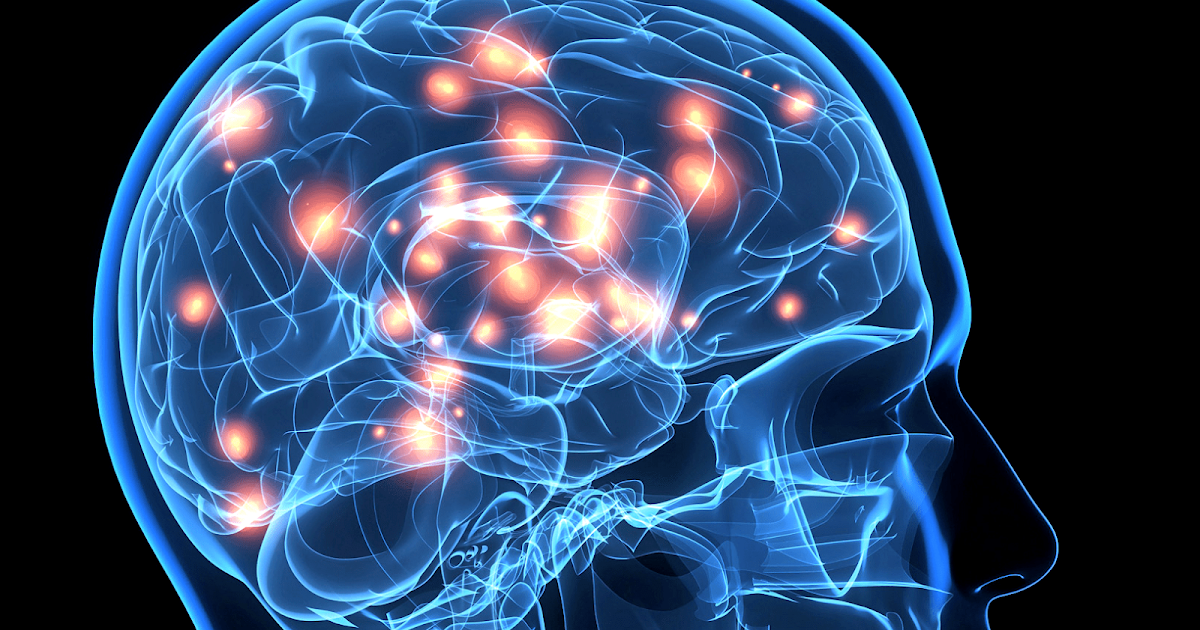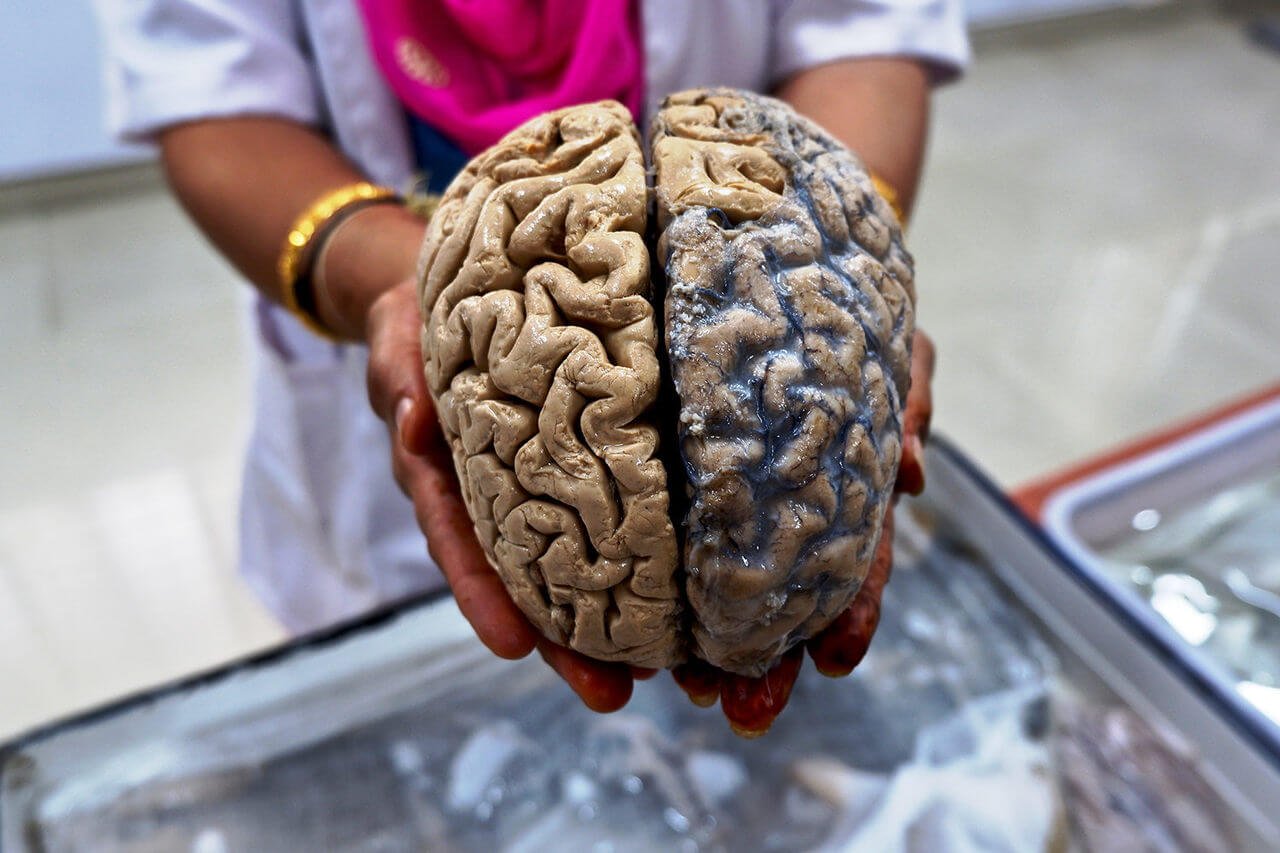

These networks harness principles from linear algebra, particularly matrix multiplication, to identify patterns within an image. Data usually is fed into these models to train them, and they are the foundation for computer vision, natural language processing, and other neural networks.Ĭonvolutional neural networks (CNNs) are similar to feedforward networks, but they’re usually utilized for image recognition, pattern recognition, and/or computer vision. While these neural networks are also commonly referred to as MLPs, it’s important to note that they are actually comprised of sigmoid neurons, not perceptrons, as most real-world problems are nonlinear. They are comprised of an input layer, a hidden layer or layers, and an output layer. In the equation below,įeedforward neural networks, or multi-layer perceptrons (MLPs), are what we’ve primarily been focusing on within this article. This is also commonly referred to as the mean squared error (MSE). As we train the model, we’ll want to evaluate its accuracy using a cost (or loss) function. Since neural networks behave similarly to decision trees, cascading data from one node to another, having x values between 0 and 1 will reduce the impact of any given change of a single variable on the output of any given node, and subsequently, the output of the neural network.Īs we start to think about more practical use cases for neural networks, like image recognition or classification, we’ll leverage supervised learning, or labeled datasets, to train the algorithm. In the example above, we used perceptrons to illustrate some of the mathematics at play here, but neural networks leverage sigmoid neurons, which are distinguished by having values between 0 and 1. When we observe one decision, like in the above example, we can see how a neural network could make increasingly complex decisions depending on the output of previous decisions or layers. In this instance, you would go surfing but if we adjust the weights or the threshold, we can achieve different outcomes from the model. If we use the activation function from the beginning of this section, we can determine that the output of this node would be 1, since 6 is greater than 0. With all the various inputs, we can start to plug in values into the formula to get the desired output. W3 = 4, since you have a fear of sharksįinally, we’ll also assume a threshold value of 3, which would translate to a bias value of –3.W2 = 2, since you’re used to the crowds.W1 = 5, since large swells don’t come around often.Larger weights signify that particular variables are of greater importance to the decision or outcome. Now, we need to assign some weights to determine importance. X3 = 1, since there hasn’t been a recent shark attack.Then, let’s assume the following, giving us the following inputs: Has there been a recent shark attack? (Yes: 0, No: 1).Let’s assume that there are three factors influencing your decision-making: The decision to go or not to go is our predicted outcome, or y-hat. We can apply this concept to a more tangible example, like whether you should go surfing (Yes: 1, No: 0).

Let’s break down what one single node might look like using binary values.

This process of passing data from one layer to the next layer defines this neural network as a feedforward network. This results in the output of one node becoming in the input of the next node. If that output exceeds a given threshold, it “fires” (or activates) the node, passing data to the next layer in the network. Afterward, the output is passed through an activation function, which determines the output. All inputs are then multiplied by their respective weights and then summed. These weights help determine the importance of any given variable, with larger ones contributing more significantly to the output compared to other inputs. Once an input layer is determined, weights are assigned.


 0 kommentar(er)
0 kommentar(er)
